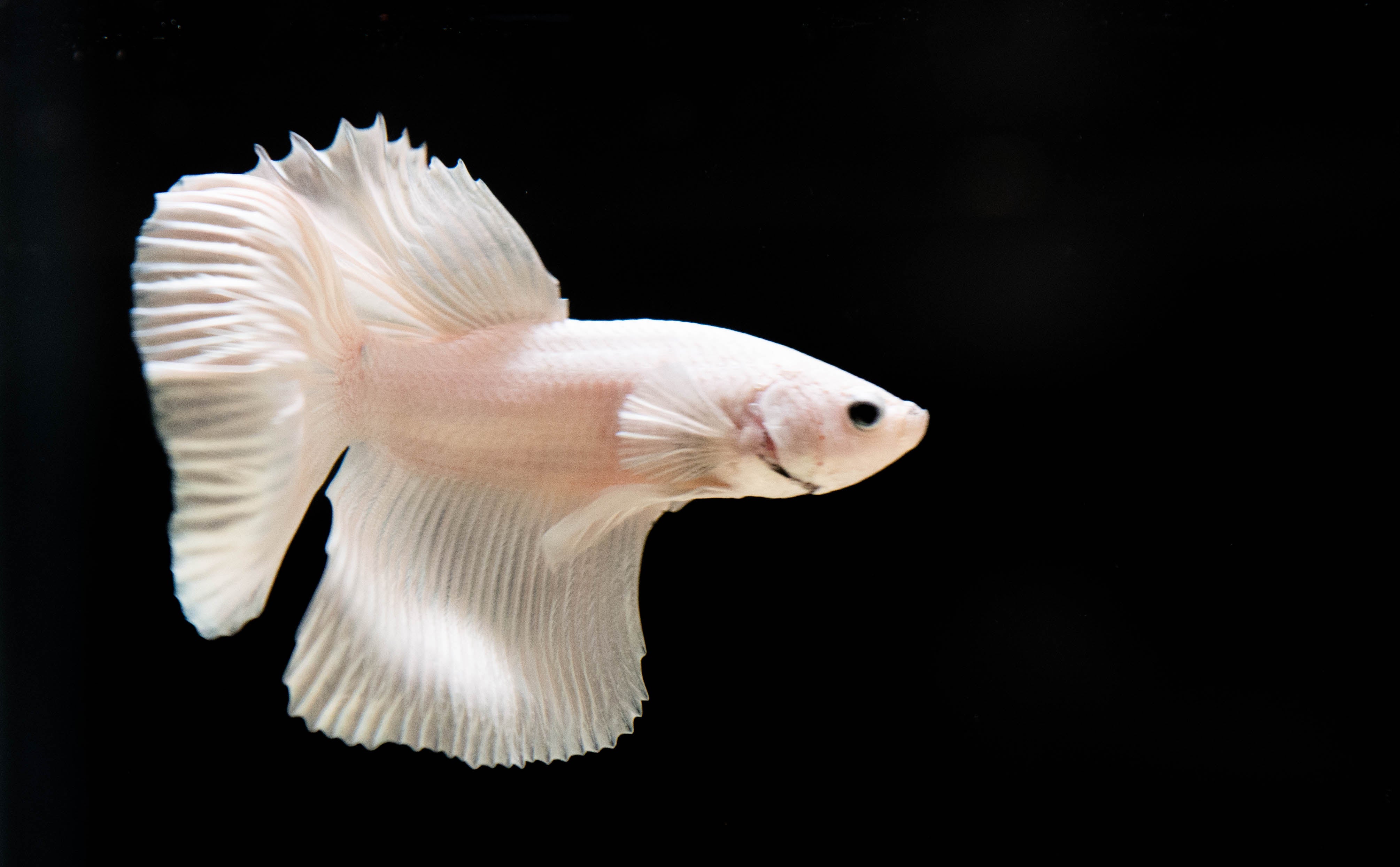Exactly How to Breed Betta Fish Efficiently: Specialist Strategies and Insights for Hobbyists Seeking To Increase Their Betta Collection
Breeding Betta fish requires a nuanced understanding of genetics and environmental conditions, making it important for enthusiasts to come close to the process with both diligence and care. Creating an ideal breeding environment, picking the appropriate sets, and observing the details of their courtship habits are foundational actions that can substantially influence the end result.
Recognizing Betta Fish Genes
Comprehending the genetics of Betta fish is vital for effective reproduction, as it influences characteristics such as shade, fin form, and habits. Betta fish show a varied range of colors and patterns, mainly identified by their genetic makeup. The key genetics in charge of pigmentation include the "B" genetics for blue, "D" genetics for red, and the "C" genetics for color strength. Breeders can manipulate these characteristics by choosing details moms and dad fish that exhibit preferred qualities.
In enhancement to pigmentation, fin morphology is an additional considerable aspect of Betta genetics (betta fish). The sizes and shape of fins are influenced by different genetics, consisting of those that establish whether the fins are brief, long, or veil-shaped. Recognizing these hereditary variants aids breeders predict the phenotypic outcomes of their offspring
Additionally, behavioral characteristics such as aggressiveness and territoriality can also be affected by genes. These habits play a vital duty in the breeding process, as they can affect generating success and the overall character of the resulting fry. By adequately understanding these hereditary principles, dog breeders can make educated decisions, inevitably enhancing their reproduction programs and attaining preferable results.
Preparing the Reproduction Setting
Developing an ideal reproduction setting is essential for the effective reproduction of Betta fish. The first step in preparing this setting is to choose an appropriate reproduction storage tank, preferably ranging from 5 to 10 gallons.
Following, think about using a sponge filter or an air stone to provide gentle water circulation without creating strong currents that can emphasize the fish. It is necessary to mount plants or reproducing cones to provide concealing areas and advertise comfort for the lady during the spawning process. Drifting plants, such as Java moss or water sprite, can also develop an extra natural atmosphere while assisting in bubble nest building by the male.
Prior to presenting the breeding sets, make sure the water is conditioned and free from unsafe chemicals, such as chlorine or heavy metals. betta fish. Normal water changes should be conducted to preserve ideal water quality, improving the chances of effective reproduction. With these preparations in position, the breeding atmosphere will support the health and wellness of both Betta fish
Selecting Breeding Pairs
Choosing the best breeding pairs is important for attaining effective Betta fish reproduction. Healthy special info Betta fish exhibit vibrant shades, clear eyes, and active habits.
Temperament is one more essential factor to consider, as Betta fish are recognized for their aggressive nature. It is a good idea to choose a man and woman that show suitable temperaments to lessen stress and anxiety during the reproducing process. A calm male can urge a smoother courtship, while a lady that is too hostile may disrupt the process.
Hereditary history also plays a substantial role in the top quality of the spawn. Reproducing fish that are genetically diverse can decrease the risk of hereditary health issues and enhance the general vitality of the fry. It is useful to research the family tree of both the man and lady, concentrating on preferable characteristics such as fin type, shade patterns, and dimension.
The Breeding Refine
The reproduction process of Betta fish requires careful planning and attention to detail to ensure a successful end result. Originally, it is essential to prepare an ideal reproduction tank, ideally a 5-10 gallon aquarium with a temperature maintained try this out at 78-80 ° F. The storage tank ought to be geared up with a heater, filter (ideally sponge type to stay clear of strong currents), and a lot of water plants for the woman to conceal.
Once the setting is set, present the chosen breeding pair to the container, allowing them to adapt. Observe their actions; the man will present sophisticated courtship rituals, including flaring his fins and building a bubble nest. If the lady reveals interest, she will display upright stripes showing preparedness for spawning.
When the lady is receptive, the pair will engage in a mating accept, during which the male fertilizes the eggs. Preserving ideal water problems throughout this period is essential for the advancement of healthy Betta fry.
Taking Care Of Betta Fry

Feeding Betta fry is vital, as they call for a diet regimen high in protein. They can be fed infusoria or liquid fry food, transitioning to carefully crushed high-grade pellets as they grow. Feed tiny sections multiple times a day to motivate healthy growth without overwhelming the container with uneaten food.

As they develop, check their development carefully and divide any kind of aggressive individuals to avoid harm. By offering a nurturing environment and appropriate nourishment, hobbyists can successfully increase Betta fry right into lively, healthy and balanced fish, inevitably improving their breeding ventures.
Conclusion
Effective Betta fish breeding calls for thorough focus to genetic selection, environmental problems, and treatment for the fry. By understanding the genes of Betta fish and preparing a suitable breeding setting, hobbyists can improve the possibilities of generating vivid, healthy and balanced spawn. Picking compatible breeding pairs and closely monitoring the courtship and spawning processes are vital. Supplying optimal treatment for the fry guarantees their healthy growth, contributing to a growing Betta collection.
 Tia Carrere Then & Now!
Tia Carrere Then & Now! Tahj Mowry Then & Now!
Tahj Mowry Then & Now! Heath Ledger Then & Now!
Heath Ledger Then & Now! Melissa Joan Hart Then & Now!
Melissa Joan Hart Then & Now! Mike Vitar Then & Now!
Mike Vitar Then & Now!